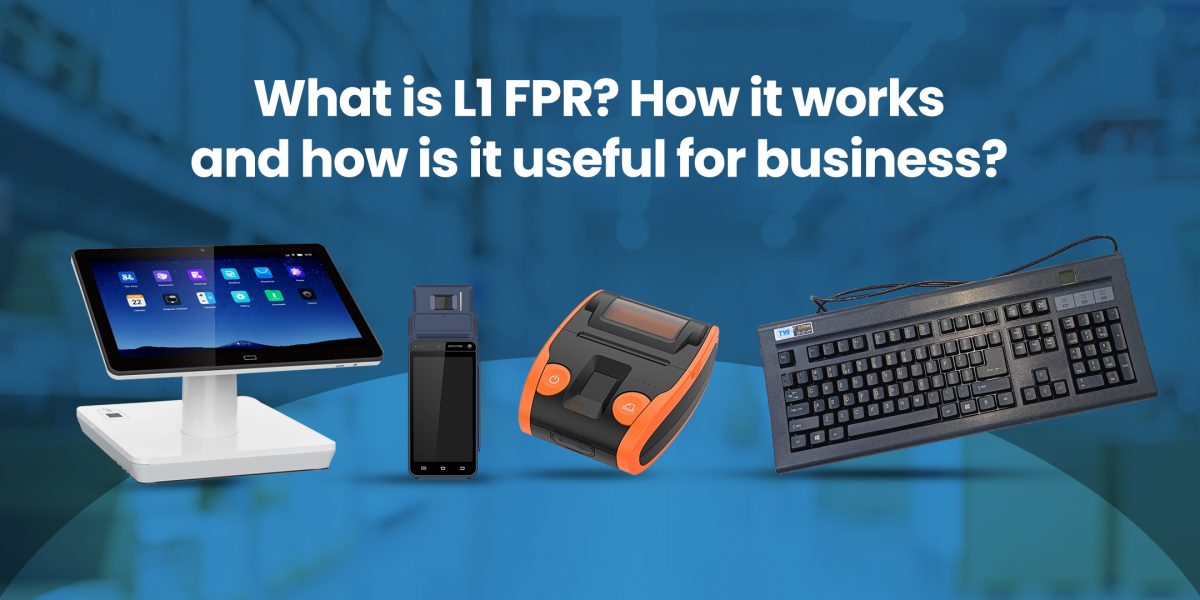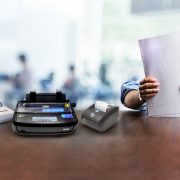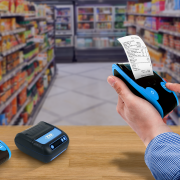Introduction
Data security has been rapidly evolving in the field of business and technology. Organizations are continually seeking ways to safeguard their systems, data, and processes from unauthorized access. One of the most critical aspects of this is authentication ensuring that only the right people have access to specific resources. L1 FPR (Level 1 False Positive Rate) is one such concept that is gaining popularity in industries that prioritize security.
Understanding L1 FPR technology
L1 Fingerprint Recognition, or Level 1 FPR, is an advanced biometric technology that focuses on the macroscopic features of fingerprints. Traditional methods rely on simple patterns, whereas L1 FPR analyzes more intricate details, such as ridges, valleys, and minutiae points, providing a higher level of accuracy and security.
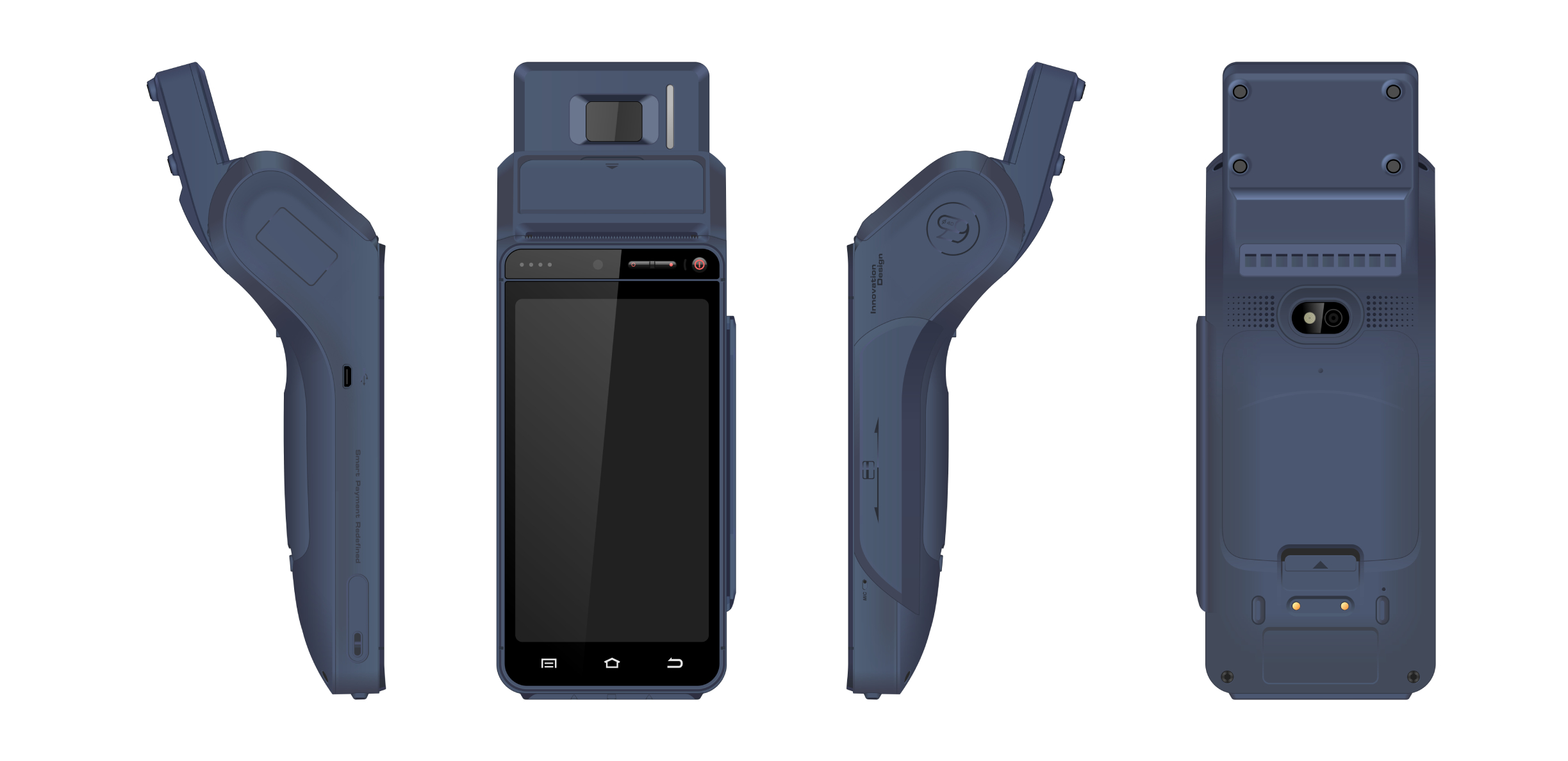
This technology categorizes fingerprint data into three levels:
Level 1: Basic ridge flow and pattern type, offering general fingerprint patterns.
Level 2: More detailed ridge path information, focusing on bifurcations and ridge endings.
Level 3: In-depth features like sweat pores and ridge contours.
L1 FPR operates at the first level, capturing broad patterns but with enough detail to uniquely identify an individual. L1 FPR makes use of a balance between general and specific data which makes it particularly suitable for integration into devices where both security and speed are critical.
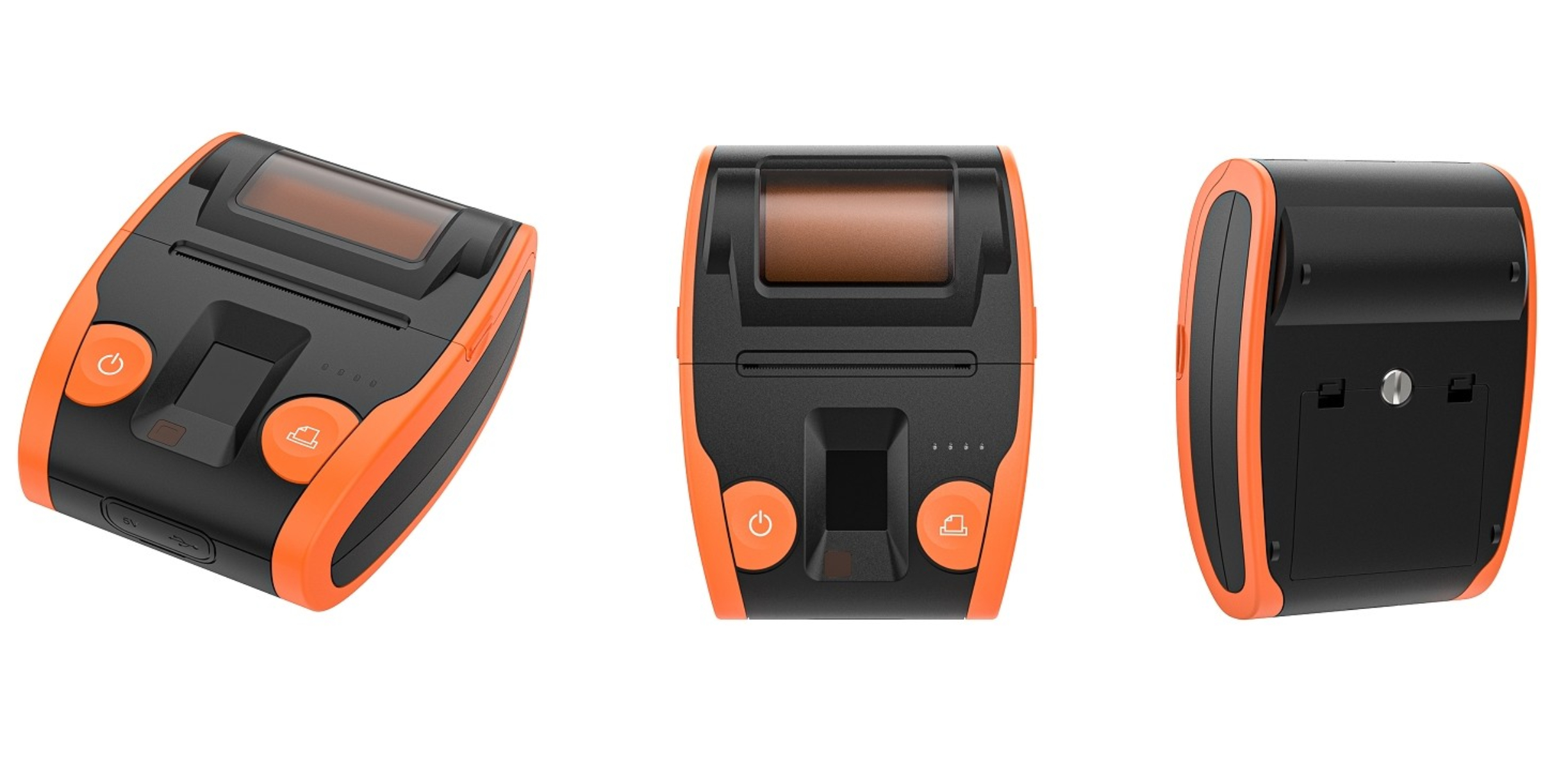
How does L1 FPR technology work?
The functionality of L1 FPR technology is in the detailed scanning and analysis of fingerprint patterns. The following is a step-by-step breakdown of how it works:
1. Capture: The device’s sensor captures the fingerprint image when a user places their finger on it. L1 FPR sensors are highly sensitive and capable of capturing clear images even in less-than-ideal conditions in the presence of dirt, moisture, and other contamination.
2. Extraction: The captured image is then processed to extract the key features, focusing on the broader ridge patterns and the unique characteristics of the fingerprint.
3. Matching: The extracted features are compared against a stored database of authorized fingerprints. The system looks for matches based on the unique ridge patterns and confirms the identity of the user.
4. Authentication: If a match is found, the system authenticates the user, granting them access to the device or system. This entire process happens within milliseconds, providing a seamless and secure user experience.
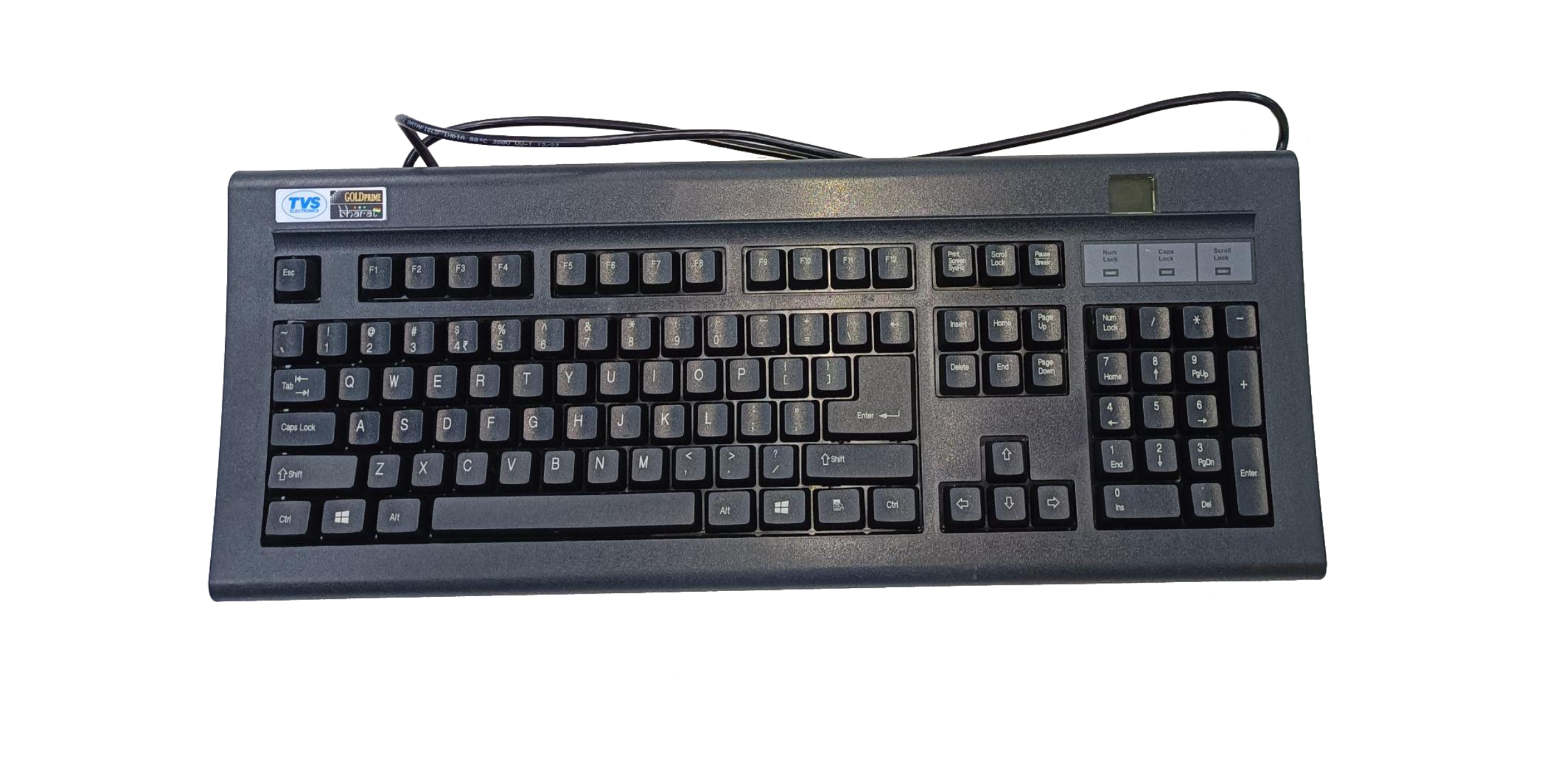
Transforming Business Operations with L1 FPR technology
When integrated into business devices, L1 FPR technology can significantly enhance operational efficiency and security in the following ways:
1. Secure Access Control: L1 FPR can be used to control access to physical locations, such as offices or secure areas, ensuring that only authorized personnel can enter.
2. Enhanced Digital Security: Whether it is accessing sensitive information on a company server or logging into business-critical software, L1 FPR ensures that only verified users can proceed.
3. Seamless Customer Experiences: For customer-facing devices, such as point-of-sale systems or banking kiosks, L1 FPR offers a quick and secure way to authenticate transactions, improving the overall customer experience.
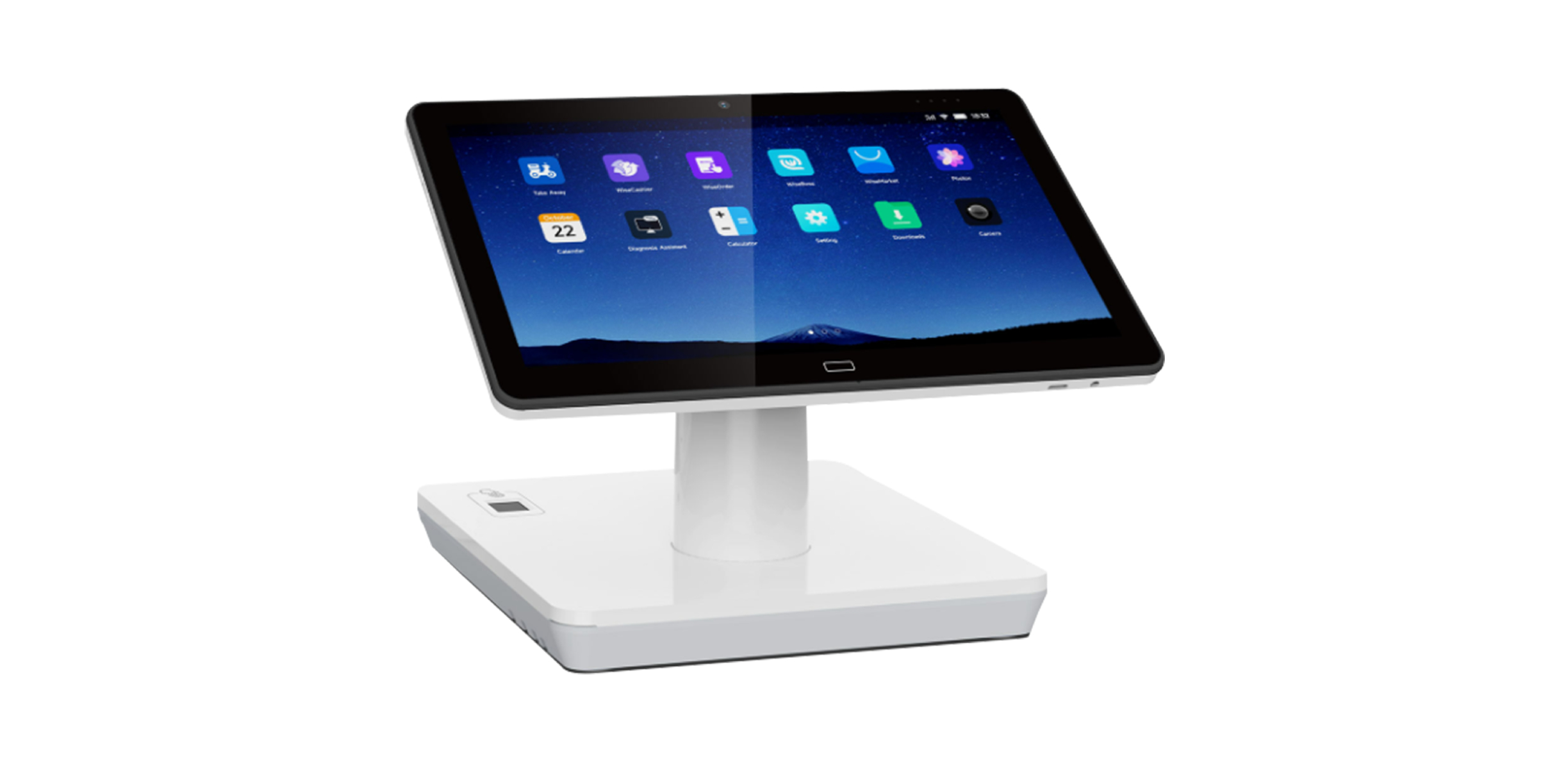
Government Promotion of L1 FPR for Enhanced Security
The government is actively promoting Level 1 Fingerprint Recognition (L1 FPR) because it offers significantly higher security than Level 0 FPR (L0 FPR). L1 FPR captures detailed ridge patterns and minutiae points, providing more accurate and reliable identification. This advanced level of detail makes it harder for unauthorized access and reduces the risk of false matches, which are more common with L0 FPR. By endorsing L1 FPR, the government aims to enhance the protection of sensitive information, secure facilities, and critical infrastructure, ensuring that security systems are robust and aligned with global standards.
Conclusion
L1 FPR is a crucial metric for biometric systems, particularly fingerprint recognition. For businesses, a low L1 FPR can enhance security, ensure regulatory compliance, build customer trust, and improve operational efficiency. With the evolution in biometric technology, businesses need to understand and manage L1 FPR to secure their digital assets effectively.










